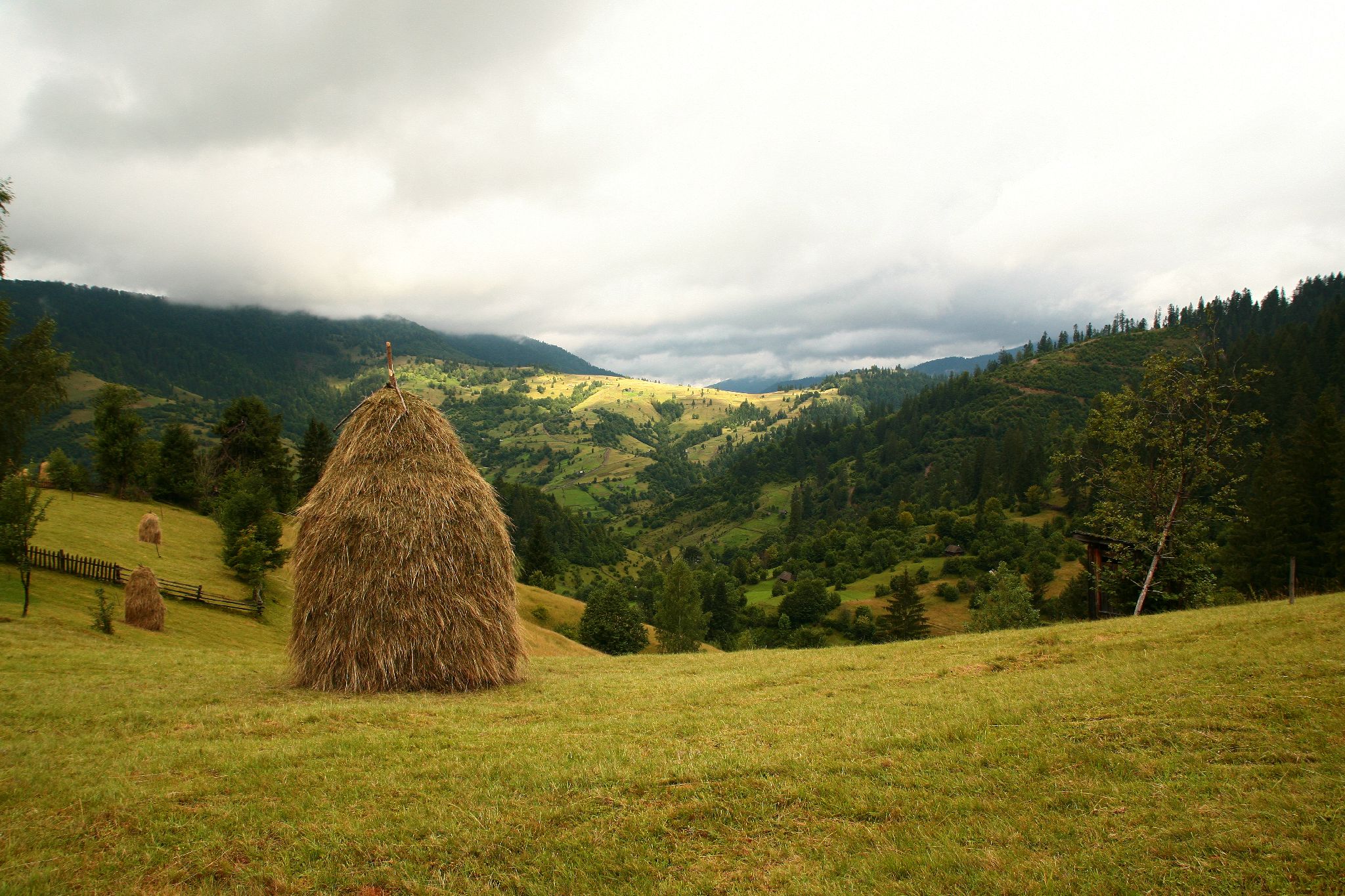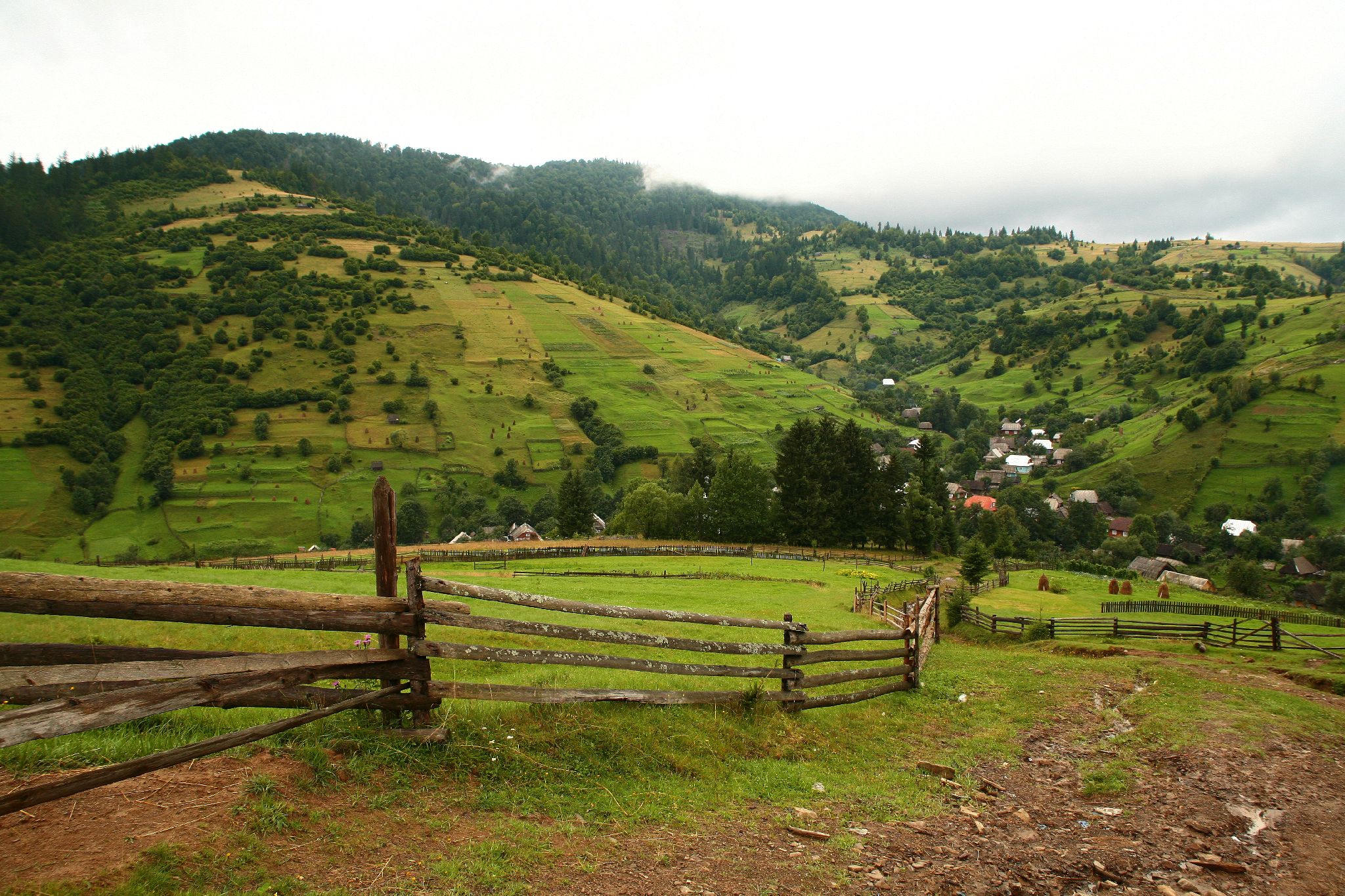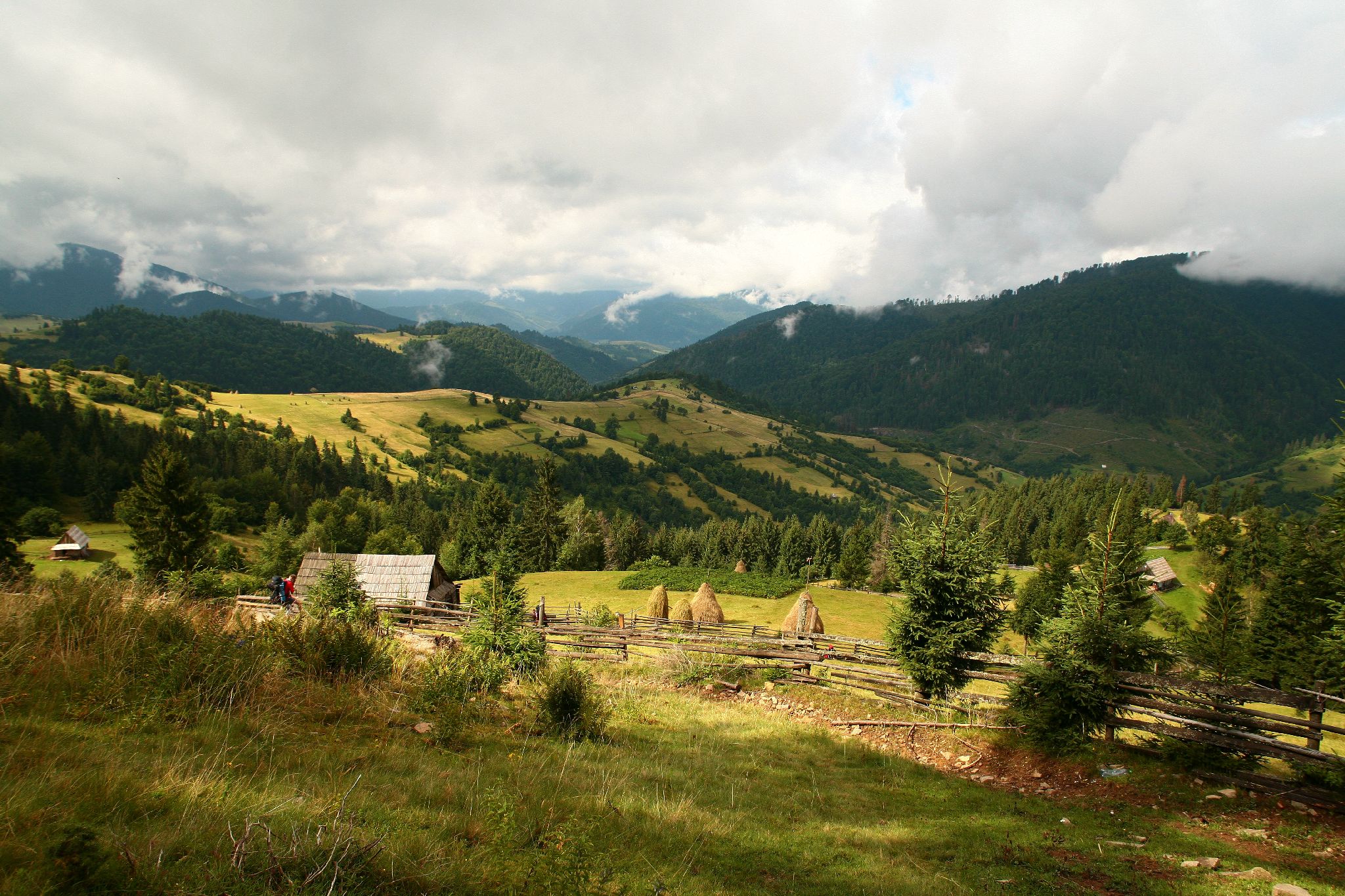18 December 2020 - OBWIC project team shares the progress achieved
Content
Partners in four countries (WWF-Romania, RakhivEcoTour Ukraine, Aggtelek National Park Administration Hungary and SOS BirdLife Slovakia) and multi-level stakeholders embarked in a dynamic journey called “Open borders for wildlife in the Carpathians” to design and secure transboundary ecological connectivity between habitats. They started this journey to prevent and/ or reverse the trends of diminishing wildlife population. This will furthermore support the maintenance of ecosystem functions and services, for the benefit of local communities and society in general.
SOS Birdlife Slovakia has provided the development of an analysis of the current landscape structures based on satellite imagery at project level. The analysis reveals existing land use categories such as built-up areas, forests, permanent grasslands, reeds, watercourses and waterbodies, orchards and gardens, vineyards, other types of agricultural land. Next step is the actual identification or modelling of the ecological corridors of transboundary level in the HUSKROUA project target region.
The ecological corridors of transboundary interest will be identified by using large carnivores (brown bear, wolf, lynx in our case) as target species. These species are currently being monitored by use of motion sensor or thermal cameras as well as drone survey. Ecological corridors are safe way passages used by wildlife species to move between habitats, search for food, mate and even to find refuge. And the main indicator of a viable, functional ecological corridor is the presence of a healthy population of large carnivores. The data collected via the monitoring equipment is telling us about the abundance of wildlife species in the specific corridor areas and the steps to be taken to preserve and restore these habitats as well as prevent human-wildlife conflicts.
Furthermore, two sets of management measures have been initiated in ecological corridors in Romania and Ukraine. In Romania 6 ha of pastures (feeding grounds for wildlife) have been restored by removing inadequate vegetation and sowing with natural occurring plant species (white clover), while in Ukraine one bee keeper, in an isolated mountainous area, where wildlife attacks often occur, has been provided with electric fence equipment; these measures increase landscape level connectivity enhancing the viability of large carnivore populations but also prevent human-wildlife conflicts.
Project duration: 30 months (October 1st, 2019 - March 31st 2022). The total cost of the project is 1, 550, 871.83 euro; EU contribution: 1,395,784.63 euro.








